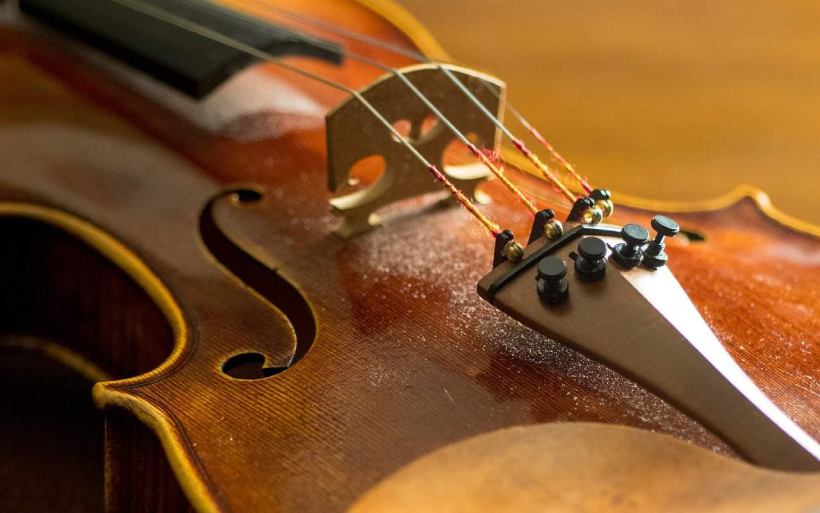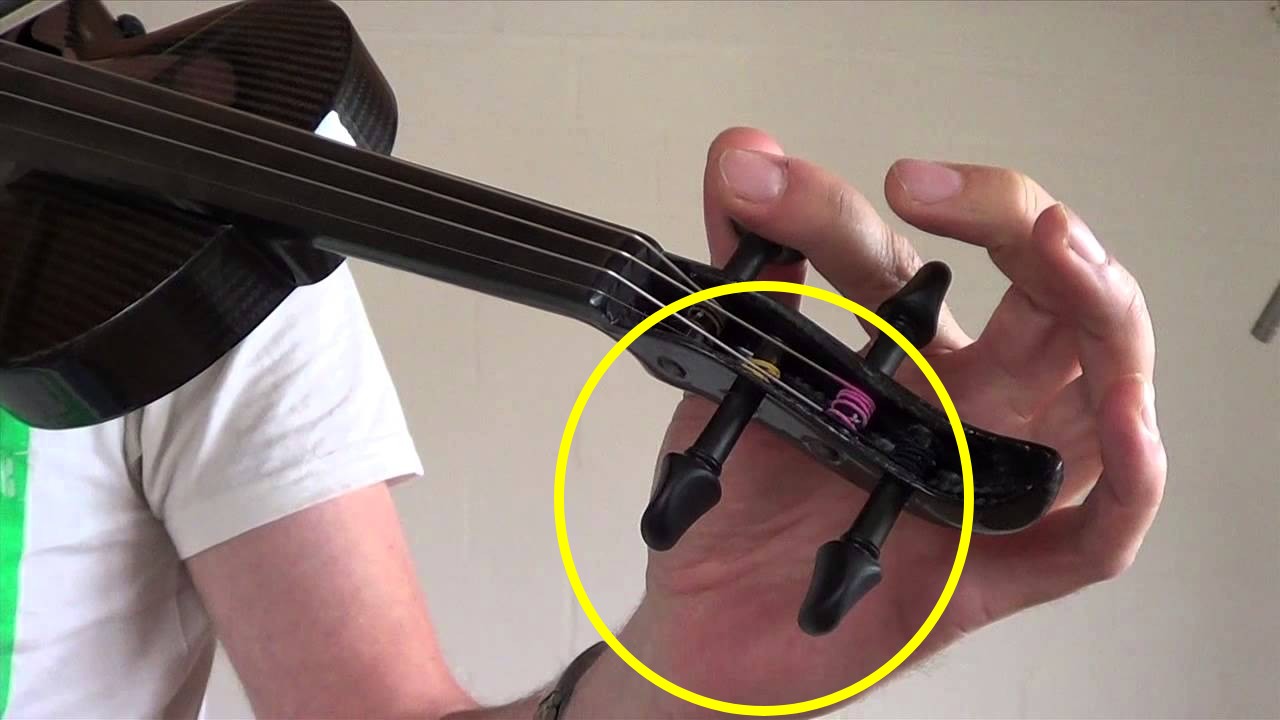
If you ask any music student, what is that one simple thing that gets on their nerves most of the time? The answer would be tuning of the instrument. In musical instruments like violin, tuning is even more difficult as they are a little bulky, and you usually have to balance them on the shoulder.
Even if you are a professional, tuning business can get tricky sometimes. And if you are a beginner, you need practice and patience to master the violin tuning. Though it’s a tricky and difficult skill, it’s an important part of music training. If you tune your violin every time you pick it up to play, you will gradually see the improvement in the time taken for tuning.
Understanding the music tones speeds up your learning progress as you learn to recognize the correct pitch. In this guide, I have shared some tricks and tips for violin tuning.
Things to keep in mind before starting

Tips for violin tuning
Check the current status of your strings:
There are so many factors that influence the health of violin strings. Their age, the kind of atmosphere you place your violin in, how much force is being applied on a bow during a performance etc. All these factors decide how frequently you need to tune your violin.
From low to high
You have to tweak strings for tuning. Don’t loosen up the strings directly. Instead, gradually increase the tension on them from low to high. Loosening is difficult to control for beginners.
Use “A” String first.
If you make a change in one string, others are also going to get affected slightly. You need to be calm while tuning the strings. You get four strings in your violin named “G”, “D”, “A” and “E”. Tune the “A” string followed by “D”, “G” and “E”. Check all the strings and keep adjusting.
You can ask an expert to play the “A” string for you in the beginning. Tune other strings with the help of the “A” string. Get yourself a habit of listening and recognizing the “A” string frequently. You can also use tuners initially.

Listen to “Click”
You get to hear the click if the tuning of all the four strings is done right. If one of the strings is high or low, the click won’t sound as smooth as it should. To find out which string is off-tune, play notes, then chords.
Small adjustments in the beginning
Use small turns to adjust the pitch of your strings. No matter what tuning method you are using, set your strings using small parameters like millimeters.
Tune the strings frequently
The strings of a new violin need frequent tuning. In the same way, if you place new strings on your violin, you have to tune the strings more often.
Listen carefully
Train yourself to recognize pitches. It makes the tuning faster and easier. Play and hum the notes again and again.
Use Fine Tuner

You need to check the pitch of each string. If the pitch is too flat (low), you need to tighten the string to make it higher. If the pitch is too sharp (high) you need to loosen the strings. Unless you are perfect at memorizing and recognizing pitches, you need tuners.
You can use a digital or electronic tuner. It displays the note being played currently on the screen, and its needle indicates whether the note is sharp or flat. In comparison, the clip-on chromatic tuner is more beginner-friendly and easy to carry. It senses the vibration frequency of violin strings directly, and you get high-level precision.
Use tuning apps
Nowadays, you get so many free and cheap apps on your smartphone to tune your musical instruments. Search for ‘violin tuner’ or ‘chromatic tuner’ on the app store or play store. The smartphone display will show the note you are playing, and the needle on the dial will show the tuning level of your strings.
If your needle is close to the center, your violin is finely tuned. If it is fluctuating more towards the right, the tuning of your string is sharp, and if it is fluctuating more towards the left, the tuning of the string is flat. Some of the popular apps are Cleartune, Pano tuner-Chromatic tuner, Tuner-gStrings Free etc., to tune your violin.
Use Pegs

Pegs are used when your strings are completely out of tune. If you are just a beginner, then this method might be quite difficult for you. Pegs need to be in the same place all the time. Unless your violin is exposed to temperature or humidity, you should not go for setting pegs on your own.
Also, pegs are used when you want a large difference in your pitch. In some violins, you have to move the peg to the right to make the string tight and left to loosen the string. While in some violins, you have to move the peg forward for a higher pitch and backward for a lower pitch. Be very gentle while handling the pegs.
CONCLUSION
Tuning the musical instrument with strings is not an easy business. The above tips for violin tuning will help you get better at violin tuning. Keep practicing. Keep playing.

Gibson is a blogger and reviewer, whose passion is helping people with all the aspects of music through the blog he provides. Also, he is an artist and loves to create his own tunes by purchasing good quality musical tools. With his own experience, he has provided a great list of tools for you in this blog. Seeking the best quality musical tools? Read this blog and end your music thirst!
